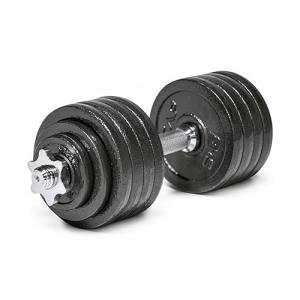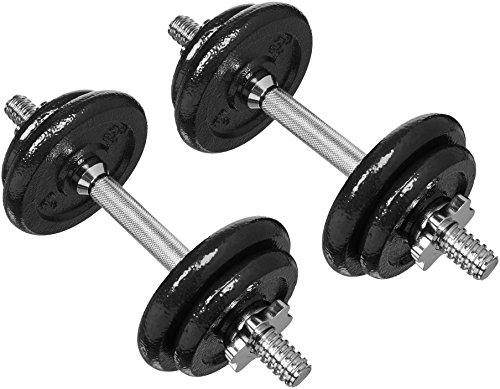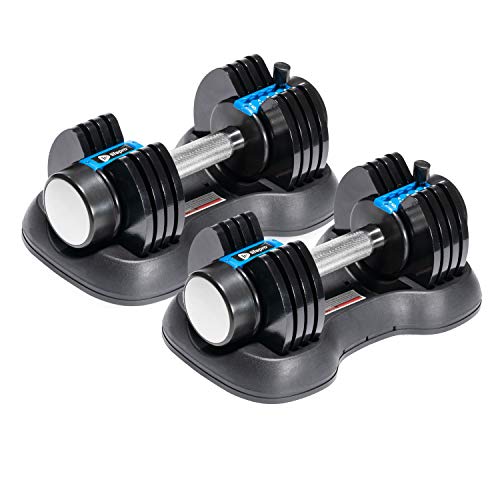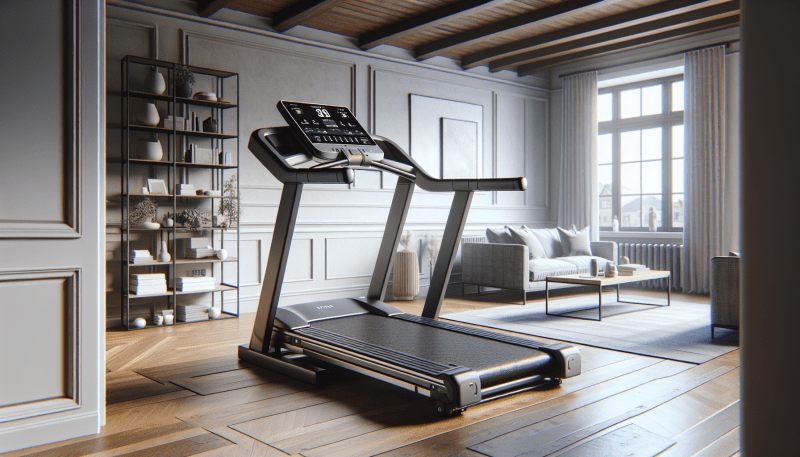Introduction
Chest training is an essential part of any strength-building or muscle growth routine. However, if you’ve been lifting for a while, you might have noticed a slowdown in progress, commonly referred to as a "plateau." Plateaus can be frustrating, but they are a normal part of any fitness journey. The key is to know how to break through them and keep progressing toward your goals. In this article, we’ll explore why chest training plateaus happen and, more importantly, how to overcome them with proven strategies.
What Is a Plateau in Chest Training?
A plateau occurs when your performance stagnates despite consistent effort. In the case of chest training, this could mean that your strength, muscle size, or endurance is no longer improving, even though you’re still doing the same exercises and following your usual routine.
Plateaus can happen for a variety of reasons:
- Insufficient progressive overload: Your body adapts to the current intensity and volume of your workouts.
- Lack of variation in exercises: Repeating the same movements can limit muscle growth.
- Inadequate recovery: Overtraining or under-recovery can hinder progress.
- Nutrition and lifestyle factors: Not eating enough or not prioritizing rest can also contribute to stagnation.
Understanding these causes is the first step in breaking through a plateau. Now let’s look at strategies that can help you get back on track.
1. Progressive Overload: The Key to Continuous Growth
One of the most common causes of a plateau is the failure to increase the intensity of your workouts over time. Progressive overload is the gradual increase in stress placed on the muscles to stimulate growth. If you aren’t progressively challenging your chest muscles, they won’t have a reason to grow.
How to Apply Progressive Overload:
- Increase weight: Add small increments of weight (2.5 to 5 lbs) to your dumbbell press or flyes.
- Increase reps or sets: Try adding 1–2 more reps per set or an extra set of each exercise.
- Reduce rest time: Shortening your rest intervals between sets can increase intensity.
- Change the tempo: Slow down the eccentric (lowering) phase of your lift to increase time under tension.
By gradually increasing the challenge to your chest muscles, you’re pushing them to adapt and grow stronger.
2. Try Different Chest Exercises for New Stimulus
Another common reason for a plateau is doing the same chest exercises repeatedly. While classic moves like the dumbbell press and dumbbell flyes are essential for building strength, they may not always provide the necessary stimulus after a certain point.
Exercise Variations to Try:
- Incline Dumbbell Press: Targets the upper chest for balanced development. If you’ve been doing flat dumbbell presses, try switching to an incline to focus on the upper portion of your pectorals.
- Decline Dumbbell Press: Engages the lower chest, helping to achieve a fuller, more balanced chest development.
- Chest Dips: A fantastic bodyweight exercise that works both the lower chest and triceps.
- Dumbbell Pullover: While often overlooked, this move helps stretch and engage the upper chest and ribcage.
- Cable Chest Flyes: These provide constant tension throughout the movement and can help engage the chest differently than dumbbells.
Switching up your exercises every 4–6 weeks can help target different angles of the chest and prevent stagnation.
3. Focus on Mind-Muscle Connection
Sometimes, breaking a plateau isn’t about lifting more weight or changing exercises; it’s about improving your mind-muscle connection. This term refers to your ability to consciously engage and contract the muscles you’re targeting during an exercise.
Tips for Improving Mind-Muscle Connection:
- Slow down your reps: Perform each rep with deliberate control, focusing on feeling your chest muscles working, especially during the contraction phase.
- Use lighter weights: Try using lighter weights to focus on perfecting your form and fully engaging the chest during each movement.
- Focus on squeezing: At the top of each press or fly, squeeze your chest muscles for an extra second before lowering the weight.
By improving your mind-muscle connection, you can ensure that each rep is effective and your chest muscles are being fully activated.
4. Incorporate Advanced Training Techniques
If you’ve been training for a while and have hit a plateau, it might be time to incorporate advanced training techniques to shock your muscles into new growth. These techniques increase intensity and can push your chest muscles beyond their normal limits.
Advanced Techniques to Try:
- Drop Sets: After reaching failure on your last set, reduce the weight and continue for more reps. This technique can help exhaust the muscles fully and trigger growth.
- Supersets: Combine two exercises (e.g., dumbbell press and dumbbell flyes) with no rest in between. This increases the overall volume and intensity of your workout.
- Rest-Pause Sets: Perform as many reps as you can, take a short rest (about 10–20 seconds), and then continue for additional reps. This pushes your muscles past their fatigue point.
- Tempo Training: As mentioned earlier, slow down the eccentric phase (lowering of the weight), which increases time under tension and promotes muscle growth.
These techniques can provide the muscle confusion needed to break through plateaus and continue progressing.
5. Prioritize Recovery: Sleep and Nutrition Matter
Overtraining can be a silent culprit behind a plateau. If you’re lifting hard but not prioritizing recovery, you might not be giving your chest muscles the time they need to repair and grow.
How to Improve Recovery:
- Sleep: Aim for 7–9 hours of sleep per night to ensure your muscles have enough time to recover and grow.
- Nutrition: Ensure you’re eating enough protein (aim for at least 1 gram per pound of body weight) and carbohydrates to fuel muscle recovery. Adding a quality whey protein shake after your workout can help boost recovery.
- Active Recovery: Foam rolling or stretching can help alleviate tightness and improve blood flow to your chest muscles.
Proper recovery ensures that your body is ready to handle the stress of your next chest workout, allowing for continuous progress.
6. Track Your Progress
One often overlooked factor is tracking your progress. Keeping a workout log or using a fitness app can help you see improvements that may not be immediately obvious.
What to Track:
- Weight lifted: Record your dumbbell press, flyes, and other chest exercises to monitor increases in weight.
- Reps and sets: Keep track of your rep schemes to ensure you're pushing yourself to do more over time.
- Recovery: Track how you feel after workouts and monitor any fatigue or soreness.
Tracking your progress will not only show you where you’ve improved but also where you need to adjust to keep breaking through plateaus.
Conclusion
Breaking through a plateau in chest training requires a mix of strategy, variation, and patience. By applying progressive overload, diversifying your exercises, improving your mind-muscle connection, incorporating advanced techniques, and prioritizing recovery, you can overcome stagnation and keep building your chest strength and muscle mass.
Remember that results won’t happen overnight, but with consistent effort and smart training, you’ll continue to see progress. For more detailed chest training tips and product recommendations, check out the Strength Workout Guide for Different Fitness Goals and Best Dumbbells for Home and Gym Use to ensure you’re using the best equipment for your progress.
Breaking through plateaus is all about finding the right balance between challenge and recovery, so keep experimenting with different methods to find what works best for you. Your chest will thank you for it!







